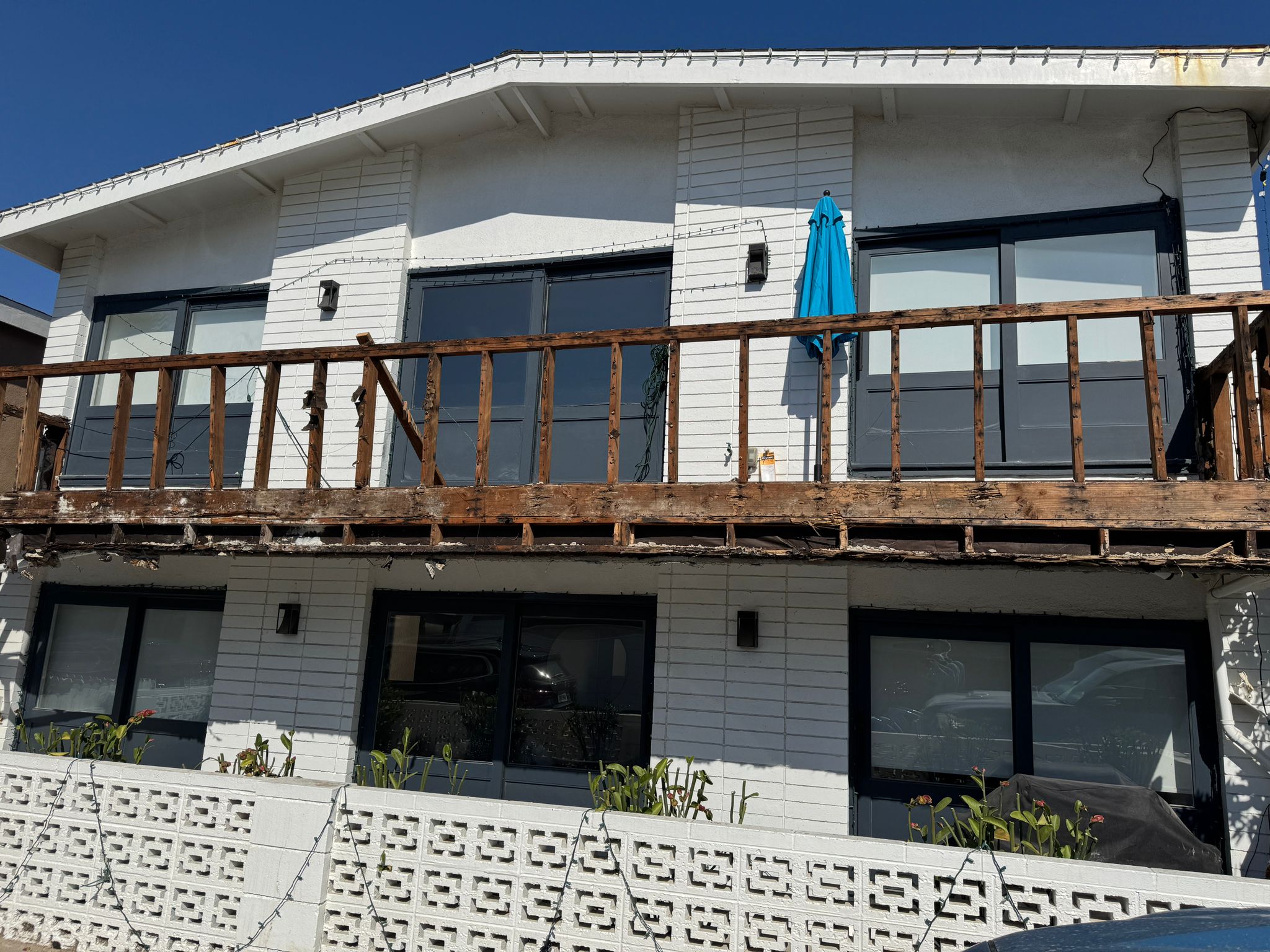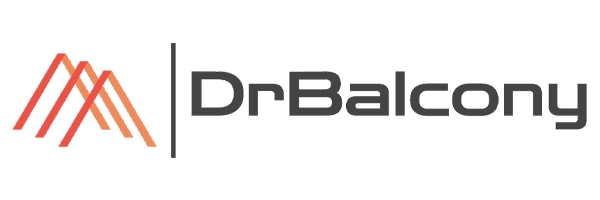What Could Happen if You Skip Your EEE Inspection?

Table of Contents
What Are the Risks to Tenant Safety?
How Can Skipping an Inspection Affect Property Value?
How Does Non-Compliance Impact Liability in the Event of an Accident?
How Can Property Owners Prepare for Their EEE Inspections?
FAQ Section: Top Questions & Answers
As a property owner in California, staying compliant with regulations and ensuring the safety of your tenants is paramount. Exterior Elevated Elements (EEE) inspections have become a legal requirement under laws like SB 721 and SB 326. But what happens if you decide to skip these inspections? Here, we’ll delve into the potential consequences and why an EEE inspection is more than just a regulatory hoop to jump through.
What Are the Risks to Tenant Safety?
One of the most critical reasons for EEE inspections is to protect tenant safety. Over time, balconies, decks, and other elevated structures can suffer from wear and tear, leading to weakened supports, corrosion, or other structural issues. By skipping inspections, property owners risk exposing tenants to accidents or even structural collapses. California lawmakers passed SB 721 and SB 326 to prevent tragedies and ensure that elevated elements are regularly evaluated by professionals.
In fact, a 2015 Berkeley balcony collapse, which tragically resulted in multiple fatalities, highlighted the importance of EEE inspections and led to the creation of SB 721. Incidents like these underscore the high stakes involved in overlooking EEE safety checks.
Could You Face Financial Penalties?
Skipping an EEE inspection doesn’t just compromise safety—it can also lead to significant financial penalties. In California, both SB 721 (covering multifamily residential buildings) and SB 326 (focused on condominiums and HOAs) impose fines on property owners who fail to comply with inspection requirements. These penalties can add up quickly, especially if the non-compliance is ongoing.
Additionally, neglecting an EEE inspection could impact your insurance premiums. Insurance companies often view uninspected properties as higher risk, which could lead to increased rates or, in some cases, denial of claims related to structural failures. For property owners, compliance is often the most cost-effective option in the long term.
Contact DrBalcony for a professional inspection!
Ensure the safety of your balcony and living space with DrBalcony – We’re a Tech Engineering firm that specializes in Exterior Elevated Elements inspections inspections. Over 2500+ completed projects in California.
Request A Free EstimateClick To Call
How Can Skipping an Inspection Affect Property Value?
Regular maintenance and compliance with local regulations play a critical role in preserving and enhancing property value. Potential buyers or investors will be wary of properties that aren’t up-to-date on essential safety checks like EEE inspections. A missed inspection could raise red flags during property transactions, making it harder to sell or decreasing its overall market value.
Maintaining EEE compliance demonstrates a proactive approach to safety, which reflects positively on the property’s reputation and desirability. On the flip side, deferred maintenance and non-compliance can significantly reduce property appeal, especially in competitive markets like California.
What Are the Potential Costs of Repairs for Uninspected Structures?
Overlooking inspections today could lead to massive repair bills tomorrow. EEE inspections are designed to catch small issues before they escalate into major, costly repairs. For instance, early detection of water damage or corrosion can allow for minor repairs that extend the lifespan of the structure. But if these issues are ignored, they can worsen, leading to structural failure that requires extensive and expensive renovations.
According to industry experts, deferred maintenance can increase repair costs by up to threefold. By keeping up with regular EEE inspections, property owners can address issues at a manageable cost, instead of facing unexpected expenses that could drain budgets and resources.
How Does Non-Compliance Impact Liability in the Event of an Accident?
From a legal perspective, skipping required EEE inspections can put property owners in a vulnerable position. In the event of an accident, failing to comply with California’s EEE inspection requirements could be used against the property owner in court, especially if the incident was preventable. Being proactive about inspections not only enhances safety but also protects you from potential lawsuits and liability claims.
If an inspection had been skipped, and an accident occurs, you may face negligence claims, where plaintiffs argue that the lack of maintenance contributed to the incident. Liability claims can be costly and could even threaten the future of the property if significant damages are awarded.
How Can an EEE Inspection Protect You and Your Property?
An EEE inspection isn’t just a regulatory formality; it’s a proactive measure that protects both property owners and tenants. By scheduling routine inspections, you can catch potential issues early, maintain your property’s value, ensure tenant safety, and stay on the right side of California’s laws.
EEEs in California—like balconies, decks, and walkways—face environmental wear and tear, especially in coastal areas where saltwater corrosion is a concern. A certified EEE inspector has the expertise to identify signs of damage or wear that might be overlooked during routine maintenance. This professional insight can save you from costly repairs and legal headaches down the line.
Why Skipping an EEE Inspection Is Not Worth the Risk
California’s balcony inspection laws, such as SB721 and SB326, were enacted for good reason: to prevent accidents and keep residents safe. Skipping an EEE inspection might save you a bit of time or money initially, but the long-term costs and risks far outweigh any short-term convenience. Between potential fines, repair costs, liability issues, and reduced property value, the decision to forego an EEE inspection could prove to be a costly mistake.
For property owners in California, compliance isn’t just about adhering to the law—it’s about safeguarding your investment, protecting your tenants, and ensuring the long-term value of your property.
How Can Property Owners Prepare for Their EEE Inspections?
Preparing for an EEE inspection is straightforward but essential to ensure a smooth process. Here are a few steps property owners and condo associations can take:
- Review the Inspection Schedule: Confirm when your building’s next inspection is due under SB 721 or SB 326 to avoid missing deadlines.
- Choose a Qualified Inspector: Hire a certified architect, engineer with experience in EEE inspections to ensure the work meets regulatory standards.
- Conduct Preliminary Maintenance: Address any visible issues, such as cleaning drainage points or fixing minor damages, to streamline the inspection process and potentially lower repair costs.
- Prepare Residents: Inform tenants or condo residents about the inspection process and schedule, as inspectors may need access to individual units or balconies.
Following these steps can help property owners meet the legal requirements, avoid penalties, and protect their properties from damage.
What Happens If a Building Fails an EEE Inspection?
If an EEE inspection identifies issues that need repair, property owners are required to address these problems within a certain timeframe:
- Under SB 721, apartment buildings must complete repairs within 180 days of receiving the inspection report. Urgent repairs may need to be completed sooner if they pose an immediate safety risk.
- Under SB 326, condo associations must address necessary repairs but have some flexibility in timing, depending on the nature of the repairs and the homeowners’ association’s budgeting.
Failure to comply with these laws could lead to penalties, liability issues, and increased risk to tenant safety, so timely repairs are essential.
Are There Benefits to Completing EEE Inspections Beyond Compliance?
Yes, in addition to staying compliant with California laws, regular EEE inspections offer several other benefits:
- Enhanced Safety: Routine inspections ensure that balconies, decks, and stairways are safe for residents, reducing the risk of accidents.
- Increased Property Value: Well-maintained structures improve the property’s curb appeal and can contribute to higher property values.
- Tenant Satisfaction: A proactive approach to maintenance and safety builds trust with tenants and owners, showing that their safety is a priority.
For these reasons, EEE inspections should be viewed not just as a regulatory obligation but as an investment in property quality and tenant satisfaction.
Contact DrBalcony for a professional inspection!
Ensure the safety of your balcony and living space with DrBalcony – We’re a Tech Engineering firm that specializes in Exterior Elevated Elements inspections inspections. Over 2500+ completed projects in California.
Request A Free EstimateClick To Call
FAQ Section: Top Questions & Answers
What is a Section 604 inspection in San Francisco?
A Section 604 inspection is a mandatory safety evaluation for exterior elements of multifamily residential buildings in San Francisco. These inspections assess items like decks, balconies, stairways, and other elevated structures for safety and compliance with the city’s building codes.
Why is the Section 604 inspection required in San Francisco?
San Francisco’s Building Code mandates Section 604 inspections to ensure the safety and structural integrity of exterior elevated elements in older multifamily buildings. This requirement helps prevent accidents and promotes building safety for residents.
How often must a Section 604 inspection be conducted in San Francisco?
In San Francisco, property owners are required to complete a Section 604 inspection every five years. This recurring inspection ensures that any potential issues with exterior structures are identified and addressed promptly.
Who can perform a Section 604 inspection in San Francisco?
Section 604 inspections must be conducted by a licensed structural engineer, architect, or qualified inspector familiar with the requirements of the San Francisco Building Code. Hiring a professional ensures a thorough and compliant inspection.
What happens if my building fails the Section 604 inspection in San Francisco?
If a Section 604 inspection reveals safety concerns, the property owner must address these issues to meet compliance standards. Necessary repairs must be completed and re-inspected to confirm safety before receiving final approval.
